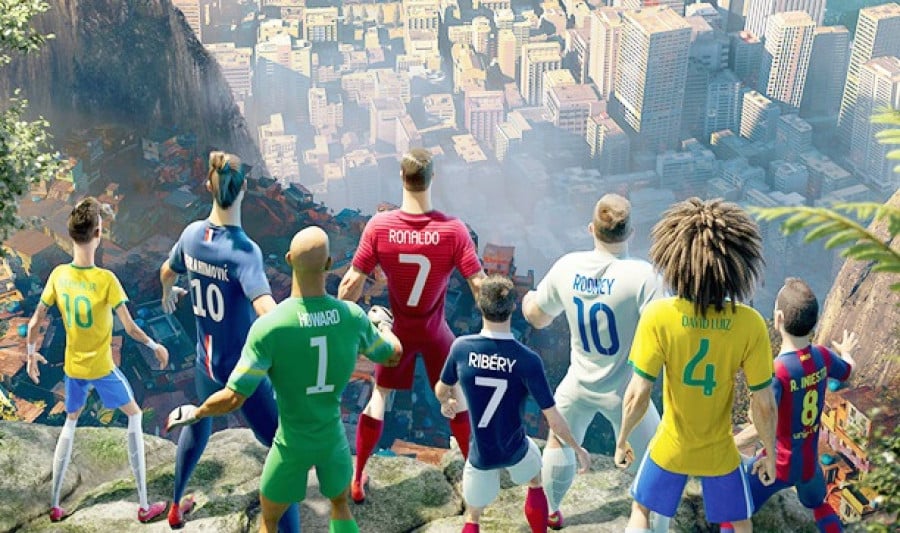What are the risks and opportunities for ambush marketers at the FIFA World Cup Brazil?

To continue reading or watching login or register here
Already a member? Sign in
Get access to all of the expert analysis and commentary at LawInSport including articles, webinars, conference videos and podcast transcripts. Find out more here.
- Tags: Ambush Marketing | Brazil | Commercial Law | FIFA | Football | Governance | Intellectual Property | Regulation | World Cup
Related Articles
- An analysis of the General Statute of the 2014 FIFA World Cup Brazil
- Attack or defend? Lessons on ambush marketing from Paddy Power
- Match-Fixing Update: global efforts to ensure World Cup safety
- Find out how the Qatar 2020 corruption allegations could lead to criminal prosecutions
Written by
Kevin Carpenter
Kevin is a advisor and member of the editorial board for LawInSport, having previously acted as editor.
Kevin specialises in integrity, regulatory, governance and disciplinary matters. His expertise and knowledge has led him to be engaged by major private and public bodies, including the IOC, FIFA, the Council of Europe, INTERPOL and the United Nations Office on Drugs and Crime (UNODC), as well as making regular appearances internationally delivering presentations and commenting in the media on sports law issues.
His research and papers are published across a variety of forums, including having a blog on LawInSport.
Louise Millington-Roberts
Louise has extensive experience working with major brands in the field of sport, media, commercial and intellectual property law, providing practical commercial advice on specialist legal matters including rights and brand protection, the commercialisation of brand, sponsorship, endorsement, and event management.


 Global Summit 2024
Global Summit 2024